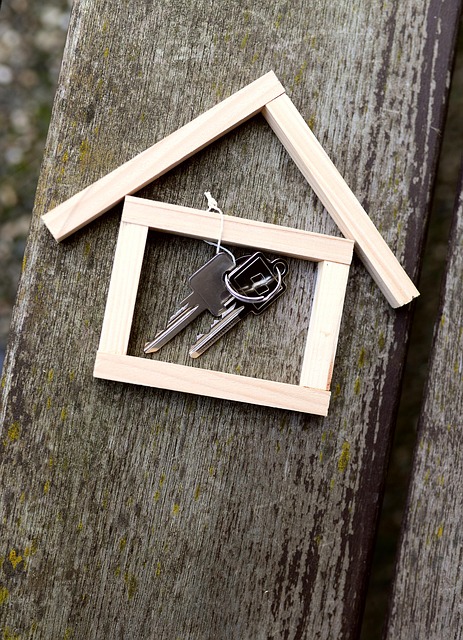Prefabricated Homes: Modern Living in Compact Designs
Prefabricated homes have revolutionised the housing industry, offering a unique blend of efficiency, affordability, and sustainability. These innovative dwellings are manufactured off-site in controlled factory environments and then transported to their final location for assembly. As the demand for sustainable and cost-effective housing solutions grows, prefab homes are gaining popularity across the UK and beyond, appealing to a wide range of homeowners from young families to retirees.

What are the benefits of prefabricated homes in the UK?
Prefabricated homes in the UK offer numerous advantages over traditional construction methods. Firstly, they significantly reduce build times, often allowing homeowners to move in within weeks rather than months. This efficiency translates to lower labour costs and minimised weather-related delays. Additionally, prefab homes in the UK are subject to strict quality control measures during the manufacturing process, ensuring consistent quality and adherence to building regulations. The controlled environment also reduces waste and improves energy efficiency, making prefab homes an environmentally friendly choice for conscious consumers.
How affordable are prefab homes compared to traditional houses?
Affordability is one of the key attractions of prefab homes. The streamlined manufacturing process and reduced on-site labour requirements often result in lower overall costs compared to traditional construction methods. However, it’s important to note that the final price can vary significantly depending on factors such as size, design complexity, and location. While some basic prefab models can be extremely budget-friendly, high-end, customised prefab homes may rival the cost of conventionally built houses.
What makes eco-friendly prefab houses a sustainable choice?
Eco-friendly prefab houses are at the forefront of sustainable living. These homes are often designed with energy efficiency in mind, incorporating features such as high-quality insulation, energy-efficient windows, and solar panels. The controlled manufacturing process allows for precise material use, significantly reducing waste compared to on-site construction. Many prefab manufacturers also prioritise the use of sustainable and recycled materials, further reducing the environmental impact. Additionally, the reduced transportation of workers and materials to construction sites lowers the overall carbon footprint of the building process.
Are prefab homes suitable for seniors?
Prefab homes can be an excellent option for seniors looking to downsize or seeking a more manageable living space. Many prefab designs offer single-story layouts, wide doorways, and customisable features that can accommodate mobility needs. The quick construction time of prefab homes is particularly advantageous for seniors who may need to relocate quickly for health or family reasons. Moreover, the energy efficiency of modern prefab homes can lead to lower utility bills, which is beneficial for those on fixed incomes.
Can you purchase prefabricated homes with land in the UK?
While it’s possible to purchase prefabricated homes with land in the UK, this option is less common than buying land and a prefab home separately. Some developers offer “turn-key” packages that include both the land and a prefab home, particularly in new housing developments. However, most buyers typically secure a plot of land first and then work with a prefab home manufacturer to design and install their chosen home. It’s crucial to ensure that the land is suitable for a prefab home and that all necessary planning permissions are obtained before proceeding with the purchase and installation.
What are the cost considerations for prefab homes in the UK?
The cost of prefab homes in the UK can vary widely depending on several factors, including size, design complexity, and location. To provide a clearer picture of the market, here’s a comparison of some popular prefab home providers in the UK:
| Provider | Home Type | Estimated Cost Range |
|---|---|---|
| Huf Haus | Luxury prefab | £500,000 - £1,000,000+ |
| Baufritz | Eco-friendly prefab | £300,000 - £800,000 |
| WeberHaus | Custom prefab | £250,000 - £600,000 |
| Scotframe | Timber frame kit homes | £100,000 - £400,000 |
| Boutique Modern | Modular homes | £150,000 - £350,000 |
Prices, rates, or cost estimates mentioned in this article are based on the latest available information but may change over time. Independent research is advised before making financial decisions.
It’s important to note that these costs typically include the structure and basic interior finishes but may not cover land acquisition, site preparation, or utility connections. Additional costs to consider include planning permission fees, foundation work, and landscaping. While the initial outlay for a prefab home can be substantial, the long-term energy efficiency and reduced maintenance costs can offer significant savings over time.
Prefabricated homes represent a modern approach to housing that combines efficiency, sustainability, and customisation. As the technology and designs continue to evolve, these homes are likely to play an increasingly important role in addressing housing needs across the UK. Whether you’re a first-time buyer, a growing family, or a retiree looking to downsize, prefab homes offer a versatile and attractive housing solution worth considering.




